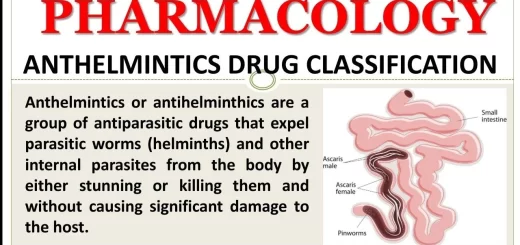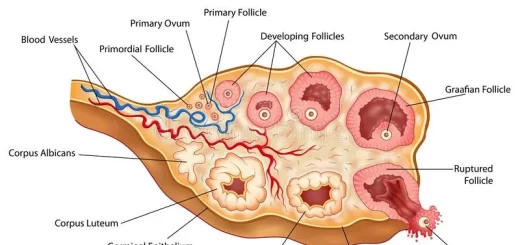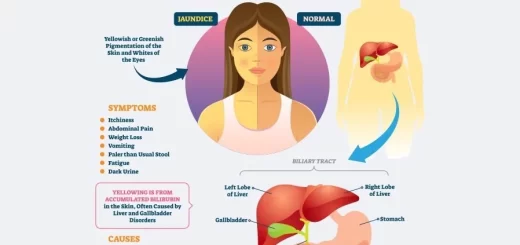Physiology of the circulatory system and How does the circulatory system work
The circulatory system has the lymphatic system, which circulates lymph, It is known as the cardiovascular system or the vascular system, It is a vital organ system that delivers essential substances to all cells for basic functions to occur, It is a network composed of the heart as a centralised pump, It includes blood, blood vessels, and the heart.
Physiology of the circulatory system
Anatomic considerations and hemodynamics of the circulation:
Arteries
The wall of the aorta and large arteries contain a relatively large amount of elastic tissues. They transport blood under high pressure to the tissues. They are stretched during systole and recoil during diastole to prevent masked increase or decrease in the arterial blood pressure.
Arterioles
The walls of the arterioles contain relatively more smooth muscle fibers, which are innervated by vasoconstrictor noradrenergic sympathetic nerves (the arterioles that supply the blood vessels of the skeletal muscles are innervated by vasodilator cholinergic sympathetic fibers).
Arterioles act as control valves through which blood is released into the capillaries. Their muscular walls can be constricted or dilated. giving them the capability of markedly altering blood flow to the capillaries in response to changing tissue needs. They are the main site of resistance to blood flow in the circulatory system; they are called ”resistance vessels”.
Capillaries
The arterioles are divided into smaller muscle walled vessels, called metarterioles, which give rise to capillaries. The openings of the true capillaries are surrounded by a minute smooth muscle precapillary sphincter, which is not innervated but can respond to local and circulating vasoactive mediators.
Capillaries have the largest total cross-sectional and surface area. They are thin-walled, consisting of a single layer of endothelial cells surrounded by a basal lamina. They are the site of the exchange of nutrients, water, and gases.
Venules
Collect blood from the capillaries and gradually coalesce into progressively larger veins.
Veins
The veins are called ”capacitance vessels”. This is because a large volume of blood can be added to the venous system without a large rise in venous pressure. They are considerably constricted on sympathetic stimulation or by local vasoactive mediators.
A variation in venous tone is very important in circulatory adjustments. Constricting veins reduces the venous capacity and increases the return of blood to the heart. This will increase the effective circulating blood volume.
Volumes of blood in different parts of the circulation
About 84% of the total blood volume is in the systemic circulation, with 64% in the veins, 13% in the arteries, and 7% in the systemic arterioles and capillaries. The heart contains about 7% and the pulmonary vessels contain 9% of the blood volume.
Hemodynamics of the circulation
I. Pressure
Flow and resistance determinants of flow: alteration of blood flow through any organ determined is by:
- Change in the pressure difference (perfusion pressure) across its vascular bed.
- Change in the vascular resistance (arteriolar diameter).
Determinants of resistance
The resistance of a vessel is determined by 3 major variables:
1. Vessel radius (r): is the most important factor determining resistance. If resistance changes, then the following occurs:
- Increased resistance in narrow vessels decreases blood flow, increases upstream pressure, and decreases downstream pressure.
- Decreased resistance in wide vessels increases blood flow, decreases upstream pressure, and increases downstream pressure.
Series versus parallel circuits
- If resistors are in series, then the total resistance is the sum of each individual resistor. RT = R1 + R2 + R3…
- If resistors are in parallel, then the total resistance is added as reciprocals of each resistor. 1/RT = 1/R1 + 1/R2 + 1/R3…
- Thus, the total resistance is less in parallel circuits compared to series circuits. The arterioles are the main site of peripheral resistance.
- The smaller the arteriolar diameter, the higher the resistance. Indeed, doubling the diameter will decrease the resistance rate 16 fold and vice versa. The capillaries, although they are small in diameter, are not the main sites of peripheral resistance since they form parallel networks.
2. Blood viscosity (V ): is a property of a fluid that is a measure of the fluid’s internal resistance to flow:
- The greater the viscosity, the greater the resistance.
- The prime determinant of blood viscosity is hematocrit.
- The blood viscosity is also affected by the plasma proteins (particularly fibrinogen and globulin.
3. Vessel length (L): The greater the length, the greater the resistance.
- If the length doubles, the resistance doubles.
- If the length decreases by half, the resistance decreases by half.
- Vessel length is constant; therefore, changes in length are not a physiologic factor in the regulation of resistance, pressure, or flow.
II- Blood velocity
Velocity refers to the rate at which blood travels through a blood vessel.
- CSA is high in capillaries, but low in the aorta.
- Velocity is therefore high in the aorta and low in the capillaries.
- The functional consequence of this is that low velocity in the capillaries optimizes exchange.
Vessel compliance
- Compliance is essentially how easily a vessel is stretched. If a vessel is easily stretched, it is considered very compliant. The opposite is non-compliant or stiff. Systemic veins are about 20 times more compliant than systemic arteries.
- Veins also contain about 70% of the systemic blood volume and thus represent the major blood reservoir.
Histology of the peripheral circulation, Types of capillaries & Lymphatic system
Blood vessels structure, function, layers, characteristics & How blood vessels work
Anatomy of the circulatory system, Vascular system, Arteries of head and neck
Cardiovascular system, Blood pressure regulation, Heart rate & its regulation
Regulation of blood flow, Renin-angiotensin vasoconstrictor system & Vasodilator hormones



